Introduction to Reflow PCB Assembly
Reflow soldering is a widely used technique in the electronics manufacturing industry for assembling printed circuit boards (PCBs). This process involves applying solder paste to the PCB, placing components onto the board, and then heating the entire assembly in a reflow oven to melt the solder and create permanent electrical connections. Reflow PCB Assembly is an essential part of the electronics manufacturing process, ensuring the reliability and functionality of the final product.
China has become a global hub for PCB assembly services, offering cost-effective solutions and advanced manufacturing capabilities. Many electronics manufacturers worldwide rely on Chinese PCB assembly companies to produce high-quality boards for their products. In this article, we will explore the reflow soldering PCB assembly process, its advantages, and the services offered by Chinese PCB assembly companies.
The Reflow Soldering Process
Step 1: Solder Paste Application
The first step in the reflow soldering process is to apply solder paste to the PCB. Solder paste is a mixture of tiny solder particles suspended in a flux medium. The paste is applied to the PCB using a stencil printer, which ensures precise and consistent application of the paste onto the solder pads.
Step 2: Component Placement
Once the solder paste has been applied, the components are placed onto the PCB using a pick-and-place machine. This automated machine picks up the components from a feeder and places them accurately onto the solder pads. The machine is programmed with the specific coordinates of each component, ensuring precise placement.
Step 3: Reflow Soldering
After the components have been placed, the PCB is transported to a reflow oven. The reflow oven heats the PCB assembly to a specific temperature profile, which typically involves several stages:
- Preheat: The PCB is gradually heated to activate the flux and remove any moisture from the components and the board.
- Soak: The temperature is maintained for a short period to ensure even heat distribution and to allow the flux to clean the solder pads and component leads.
- Reflow: The temperature is increased to the melting point of the solder (typically around 220°C for lead-free solder). The solder particles melt and form a permanent electrical and mechanical connection between the components and the PCB.
- Cooling: The PCB is cooled down gradually to solidify the solder joints and prevent thermal stress on the components.
Step 4: Inspection and Testing
After the reflow soldering process, the PCB undergoes visual inspection and testing to ensure the quality of the solder joints and the functionality of the board. Automated optical inspection (AOI) systems are often used to detect any defects or irregularities in the solder joints. Electrical testing is also performed to verify the performance of the PCB.
Advantages of Reflow Soldering
Reflow soldering offers several advantages over other PCB assembly methods, such as wave soldering or hand soldering:
- High throughput: Reflow soldering is a highly automated process, allowing for faster assembly times and higher production volumes.
- Consistency: The use of stencil printing and pick-and-place machines ensures consistent solder paste application and component placement, resulting in uniform solder joints across the board.
- Compatibility with surface mount technology (SMT): Reflow soldering is well-suited for assembling surface mount components, which are widely used in modern electronics due to their small size and high density.
- Reduced thermal stress: The gradual heating and cooling cycles in the reflow oven minimize thermal stress on the components, reducing the risk of damage or failures.
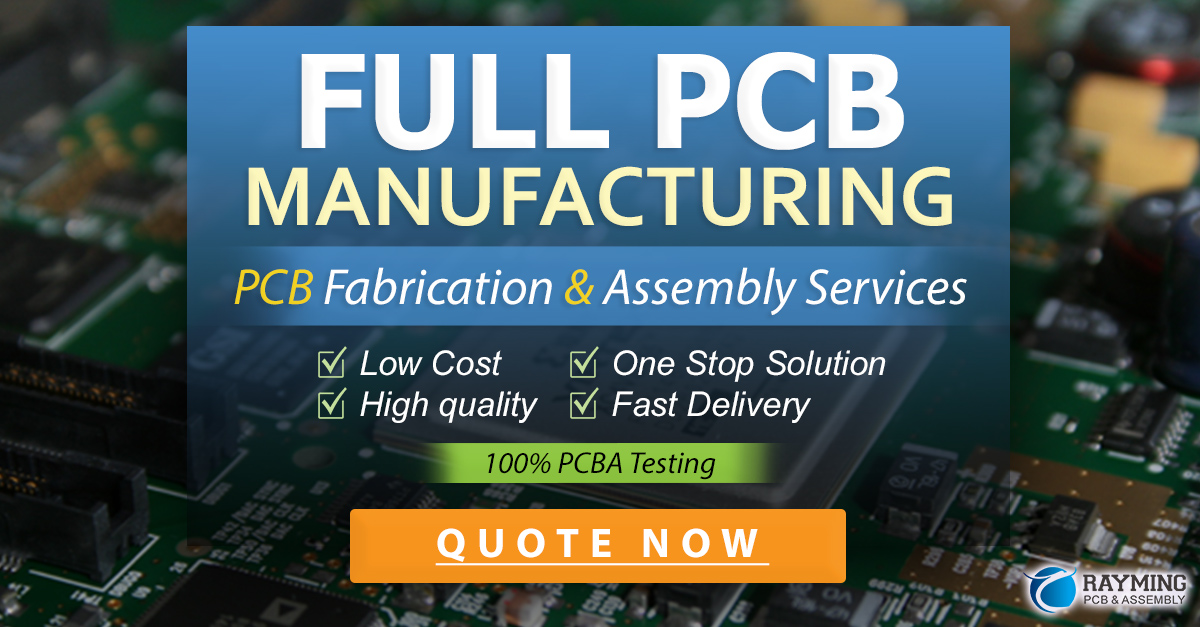
Reflow PCB Assembly Services in China
China has emerged as a leading provider of PCB assembly services, including reflow soldering. Chinese PCB assembly companies offer several advantages for electronics manufacturers:
- Cost-effectiveness: Labor and material costs in China are generally lower compared to other countries, allowing for more competitive pricing of PCB assembly services.
- Advanced manufacturing capabilities: Many Chinese PCB assembly companies have invested in state-of-the-art equipment and technologies, enabling them to handle complex and high-density PCB designs.
- Flexibility and scalability: Chinese PCB assembly providers can often accommodate a wide range of order volumes, from small prototype runs to large-scale production.
- Rapid turnaround times: With efficient supply chains and streamlined manufacturing processes, Chinese PCB assembly companies can deliver finished boards quickly, helping manufacturers reduce time-to-market.
When selecting a Chinese PCB assembly partner, it is essential to consider factors such as the company’s experience, quality control processes, certifications (e.g., ISO 9001, IPC standards), and customer support. Establishing a strong partnership with a reliable PCB assembly provider can help ensure the success of your electronics manufacturing project.
Reflow Soldering Equipment and Materials
To perform reflow soldering, PCB assembly companies use specialized equipment and materials:
Reflow Ovens
Reflow ovens are the primary equipment used in the reflow soldering process. There are two main types of reflow ovens:
- Convection reflow ovens: These ovens use hot air circulation to heat the PCB assembly. They offer good temperature uniformity and are suitable for most PCB designs.
- Vapor phase reflow ovens: These ovens use a hot vapor blanket to heat the PCB assembly. They provide excellent temperature uniformity and are well-suited for complex, high-density boards.
Solder Paste
Solder paste is a critical material in the reflow soldering process. It consists of tiny solder particles (typically tin, lead, or lead-free alloys) suspended in a flux medium. The flux helps to remove oxides from the solder pads and component leads, ensuring good wetting and strong solder joints. There are various types of solder paste, each with different properties and performance characteristics.
Stencils
Stencils are used to apply solder paste to the PCB. They are typically made of stainless steel or polyimide and have apertures that match the solder pads on the PCB. The thickness and aperture size of the stencil determine the amount of solder paste deposited on the board.
Quality Control in Reflow PCB Assembly
Ensuring the quality of the assembled PCBs is crucial for the reliability and performance of the final product. Chinese PCB assembly companies employ various quality control measures throughout the reflow soldering process:
- Incoming material inspection: All materials, including PCBs, components, and solder paste, are inspected for quality and conformance to specifications before entering the assembly process.
- Process control: Key process parameters, such as solder paste print quality, component placement accuracy, and reflow oven temperature profiles, are monitored and controlled to ensure consistency and repeatability.
- Automated optical inspection (AOI): AOI systems are used to detect solder joint defects, component placement errors, and other visible anomalies on the assembled PCBs.
- X-ray inspection: For complex, high-density boards with hidden solder joints (e.g., ball grid arrays), X-ray inspection may be used to verify the integrity of the solder connections.
- Electrical testing: Assembled PCBs undergo electrical testing to verify their functionality and performance, ensuring that they meet the required specifications.
By implementing comprehensive quality control measures, Chinese PCB assembly companies can deliver high-quality, reliable boards that meet the demanding requirements of modern electronics applications.
Choosing the Right Chinese PCB Assembly Partner
When selecting a Chinese PCB assembly company for your reflow soldering needs, consider the following factors:
- Experience and expertise: Look for a company with a proven track record in PCB assembly and experience with projects similar to yours.
- Manufacturing capabilities: Ensure that the company has the necessary equipment, technologies, and processes to handle your specific PCB design and volume requirements.
- Quality management system: Choose a company with a robust quality management system, preferably certified to international standards such as ISO 9001 and IPC.
- Communication and support: Effective communication and responsive customer support are essential for a successful partnership. Look for a company that is easy to work with and provides timely updates on your project status.
- Pricing and lead times: While cost is an important consideration, it should not be the sole deciding factor. Strike a balance between competitive pricing and the company’s ability to deliver high-quality boards within your required timeframe.
By carefully evaluating potential Chinese PCB assembly partners and selecting one that aligns with your needs and expectations, you can ensure a successful reflow soldering project and a high-quality final product.
Frequently Asked Questions (FAQ)
-
What is reflow soldering, and how does it differ from other PCB assembly methods?
Reflow soldering is a process in which solder paste is applied to a PCB, components are placed onto the solder pads, and the entire assembly is heated in a reflow oven to melt the solder and create permanent electrical connections. It differs from other methods, such as wave soldering or hand soldering, in that it is highly automated, offers better consistency, and is well-suited for surface mount components. -
Why should I consider using a Chinese PCB assembly company for my reflow soldering needs?
Chinese PCB assembly companies offer several advantages, including cost-effectiveness, advanced manufacturing capabilities, flexibility, and rapid turnaround times. By partnering with a reliable Chinese PCB assembly provider, you can benefit from high-quality reflow soldering services at competitive prices. -
What are the key steps in the reflow soldering process?
The key steps in the reflow soldering process include: - Solder paste application using a stencil printer
- Component placement using a pick-and-place machine
- Reflow soldering in a reflow oven, which involves preheating, soaking, reflowing, and cooling stages
-
Inspection and testing of the assembled PCBs
-
What quality control measures do Chinese PCB assembly companies employ to ensure the reliability of the assembled boards?
Chinese PCB assembly companies implement various quality control measures, such as incoming material inspection, process control, automated optical inspection (AOI), X-ray inspection, and electrical testing. These measures help to identify and prevent defects, ensuring the delivery of high-quality, reliable PCBs. -
How can I select the right Chinese PCB assembly partner for my reflow soldering project?
When choosing a Chinese PCB assembly partner, consider factors such as the company’s experience and expertise, manufacturing capabilities, quality management system, communication and support, pricing, and lead times. By evaluating potential partners based on these criteria and selecting one that aligns with your needs, you can ensure a successful reflow soldering project.
Conclusion
Reflow soldering is a critical process in PCB assembly, ensuring the reliable and efficient production of electronic devices. China has become a global leader in PCB assembly services, offering cost-effective solutions and advanced manufacturing capabilities. By understanding the reflow soldering process, its advantages, and the services offered by Chinese PCB assembly companies, electronics manufacturers can make informed decisions when outsourcing their PCB assembly needs.
When selecting a Chinese PCB assembly partner for reflow soldering, it is essential to consider factors such as experience, manufacturing capabilities, quality control processes, and customer support. By choosing a reliable and competent partner, manufacturers can benefit from high-quality, efficiently produced PCBs that meet the demanding requirements of modern electronics applications.
As the electronics industry continues to evolve and innovate, the importance of reflow soldering and the role of Chinese PCB assembly companies in supporting this growth will only continue to increase. By staying informed about the latest developments in reflow soldering technology and partnering with trusted Chinese PCB assembly providers, electronics manufacturers can position themselves for success in the dynamic and competitive global marketplace.
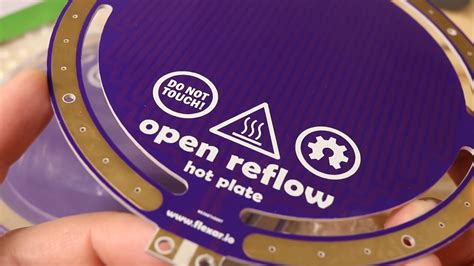
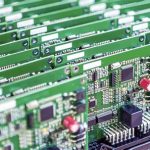

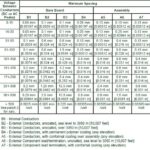

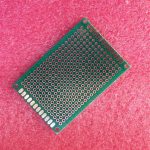
Leave a Reply